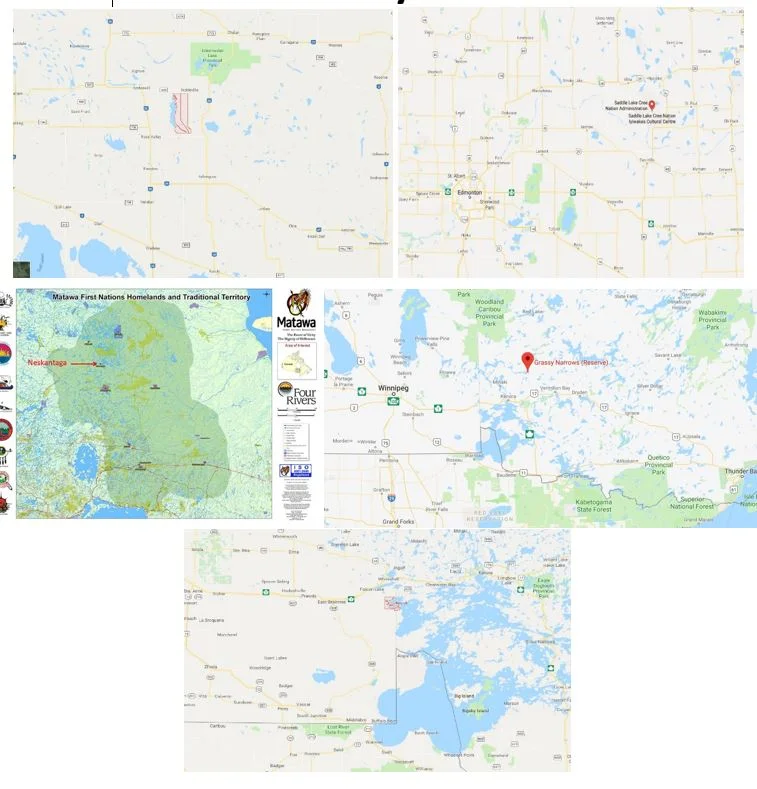“Tainted water and broken systems on Ontario’s First Nations reserves are jeopardizing health, burdening parents and caregivers, and exacerbating problems on reserves. First Nations people have the same human rights to adequate water and sanitation as all Canadians, but in practice cannot access them.” – Amanda Klasing, Senior Researcher, Women’s Rights Division, Human Rights Watch
Grades 10-12 Lesson 6: The Tale of Neskantaga
“For more than 20 years we haven’t been able to drink water from our taps or bathe without getting rashes. Water is a basic human right, and it should not have taken this long to provide the people of Neskantaga with access to safe drinking water.” – Neskantaga Chief Wayne Moonias
Neskantaga First Nation in Northern Ontario has the longest-standing drinking water advisory of any First Nation in Canada. Two decades ago, their water-treatment plant (which was then only a couple of years old) broke down – never to run again, and this means that the water could be contaminated with any number of bugs that pose threats to human health. This affects the daily lives of the over 340 residents of this First Nation.
Grades 3-5 Lesson 4: Water Is Important
“No child should grow up not knowing what clean water is, or never knowing what running water is.” – Autumn Peltier
The percentage of the human body that is water ranges from 50% to 75%. The average adult is 50% to 65% water. Infants are approximately 75% water. The percentage of the human body that is water declines with age. We need to replenish our body with safe drinking water. Sometimes there are contaminants in the water and that causes a Boil Water Advisory to be called. Sometimes the contaminants cannot be removed through boiling and, therefore, a Do Not Use Advisory is issued instead. Neskantaga First Nation in Ontario has been under a Boil Water Advisory for over 23 years!



